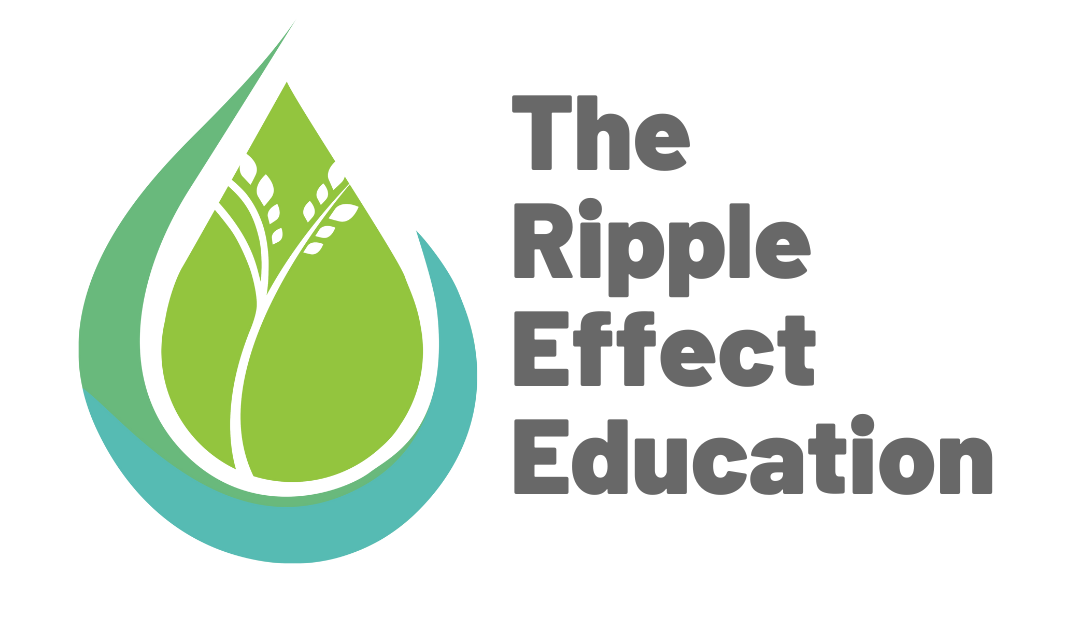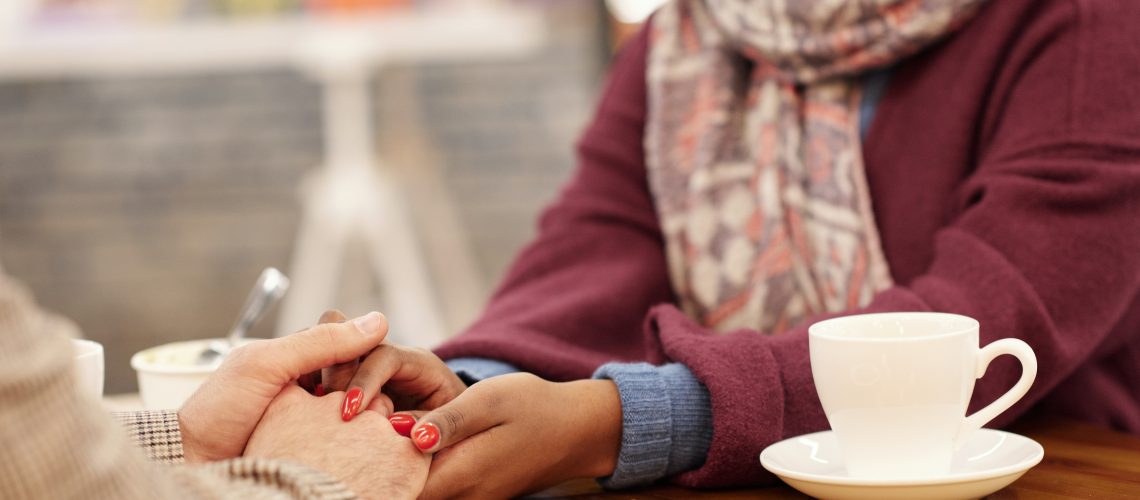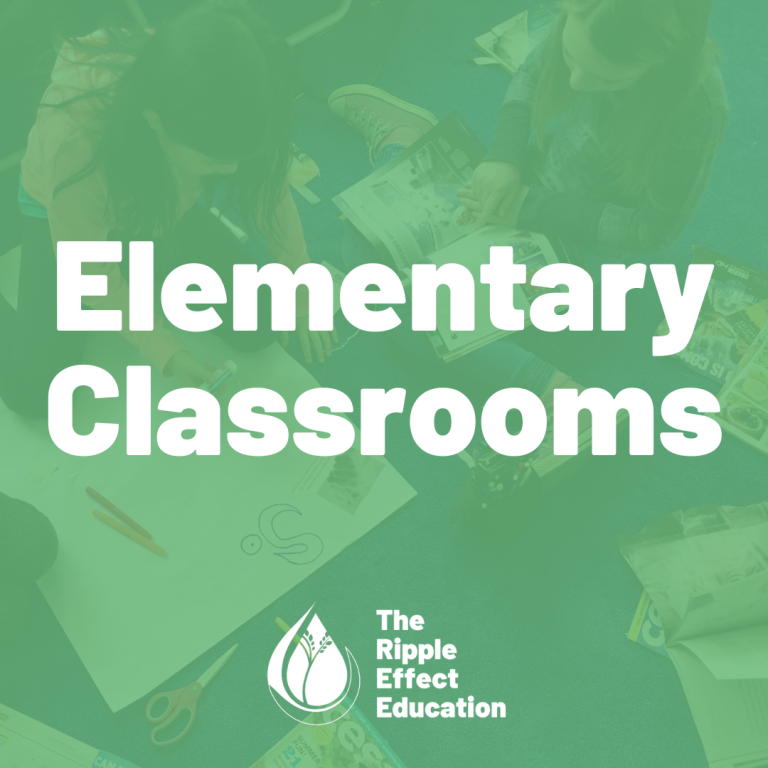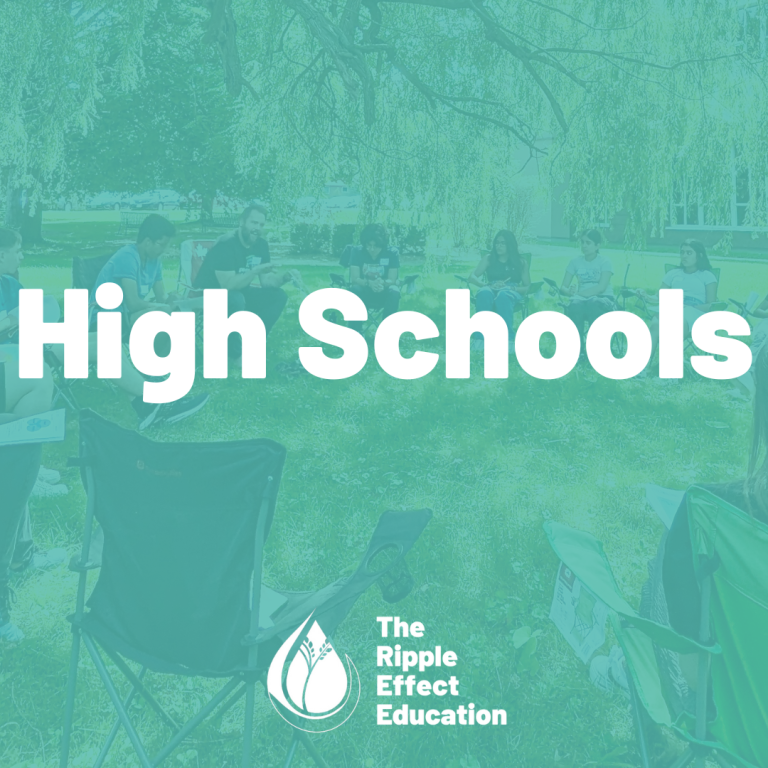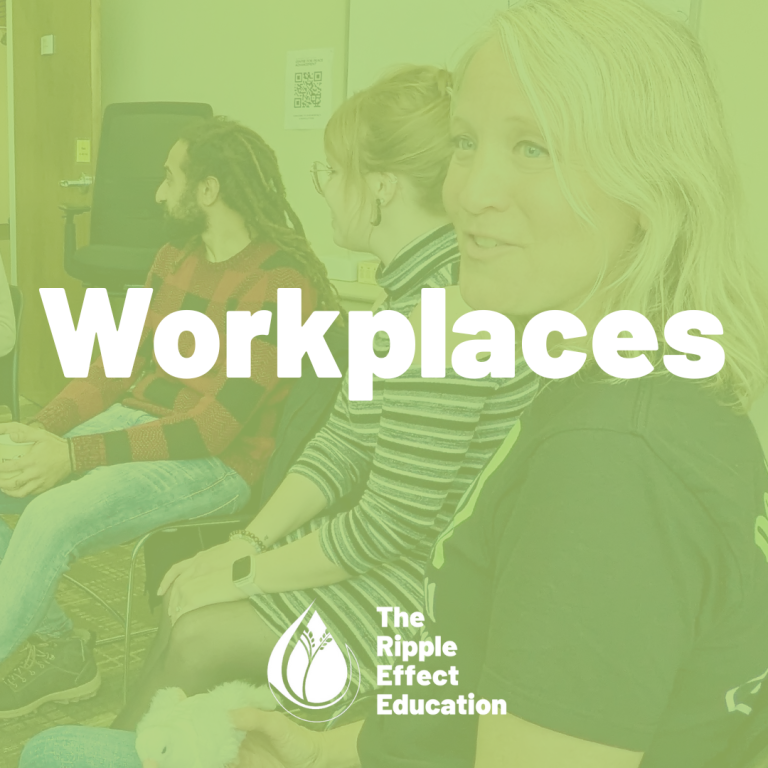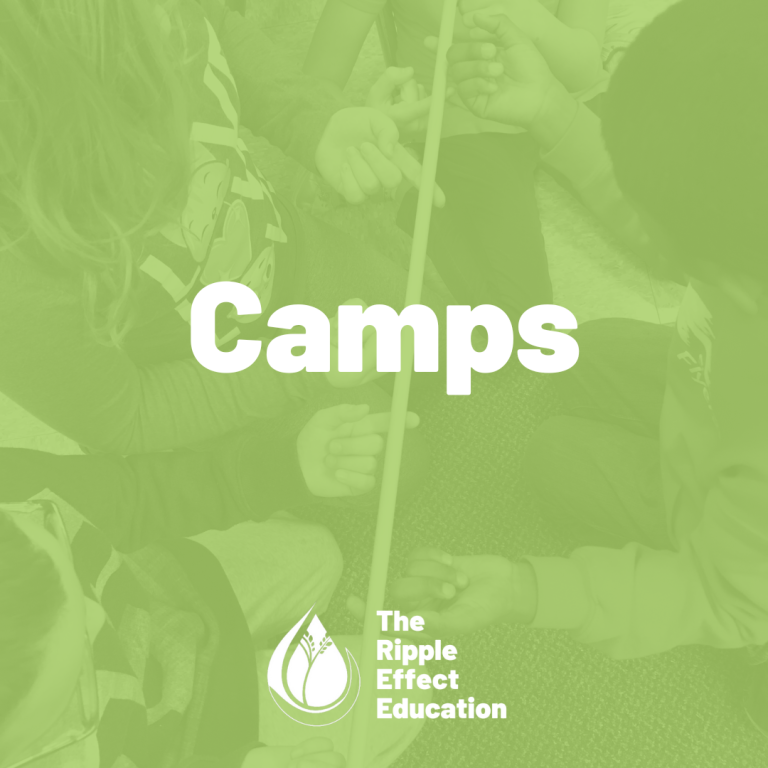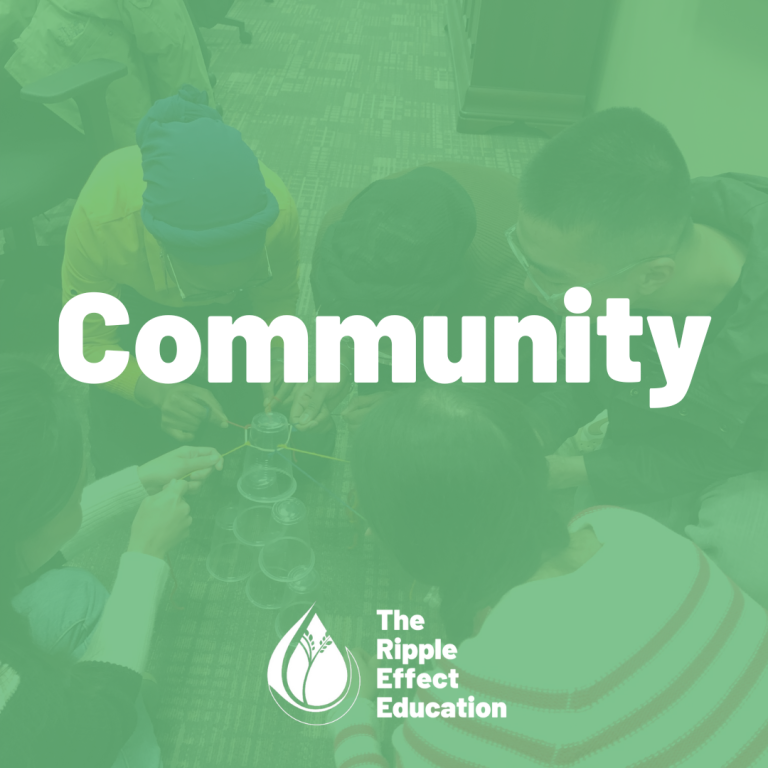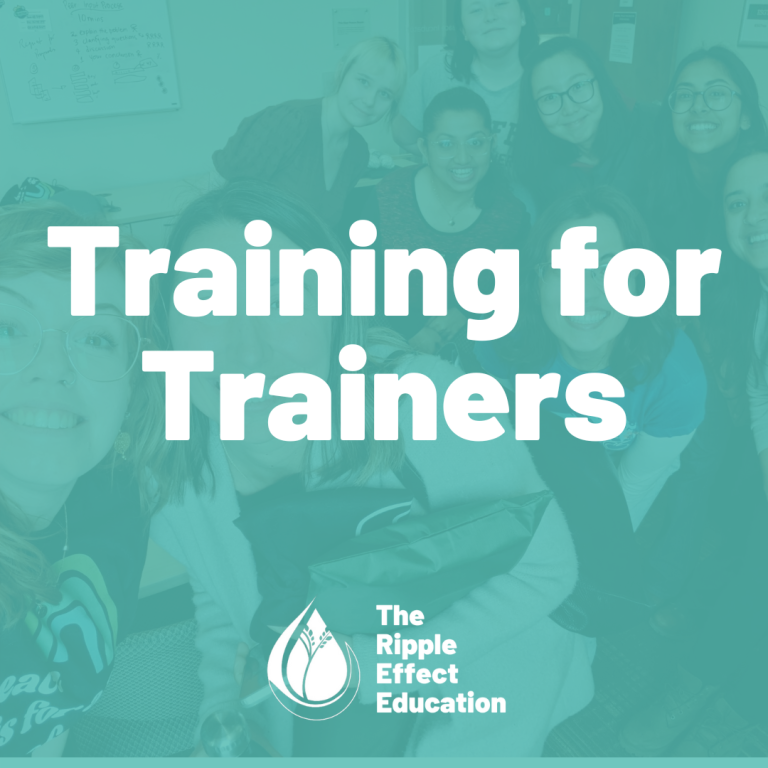When seeing harm happening in our communities, it can be difficult to know what we can do about it. It often takes time to know how to intervene, and can be difficult to think of in the moment. The 5 D’s are a few methods that can be used in different situations when we see harm happening (Right to Be, 2022). These can help us to categorize ways that we might intervene, and practicing them helps increase our knowledge and reaction time for intervention when we see harm.
Not all of these methods will work in every circumstance, and not every method will work for you as an individual. Always consider your safety when being an active bystander – there are ways to intervene without putting yourself in harm’s way.
- Distract
Creating a distraction from the harm that is happening can be helpful and a subtle way of intervening. This can be especially helpful if you are nervous about the situation escalating when someone steps in, or if you are afraid for your safety. Some examples of using the distraction method might be:
- Dropping something nearby the situation
- Getting between the harm-doer and the target (when it is safe to do so)
- Ask the parties involved for directions to something nearby (the office in a school, a coffee shop or park, etc.)
- Delegate
Often when we see harm happening, there are multiple bystanders. Delegating one of the other bystanders can be a great way to get someone else involved. Often, people will assume someone else will intervene, and nobody will as a result. Delegating someone to get involved helps the other bystanders realize that there is something going on and creates a plan of action. To use the delegation method, you might:
- Look for someone nearby and tell them clearly what you see happening.
- Tell someone with authority in the place you are at what you see happening: staff, supervisors, or security
- Ask someone to help you intervene: “It looks like that person is uncomfortable in this situation. Can you come over with me to distract them while I see if they’re okay?”
- Document
Documentation can involve both writing down what you are seeing, and/or recording what is going on. Many of us have mobile devices on us that can record a situation, either video or audio, but there are some safety concerns to keep in mind.
- Before recording, assess if there is anyone else is stepping in to help the situation, and if it would be safe for you to do so. If it would be safe for you to intervene in another way, and there is not someone else doing so yet, it may be best for you to try another one of the 5 D’s to de-escalate the situation.
- After recording the situation, and when it de-escalates, ask the target if they want your recording, or if they want you to do anything with it. Do not use it for anything without their permission, as that would not be effective bystandership.
- Delay
It can be difficult to know what to do in the moment. Delaying our action allows us to think about what we might be able to do after the harm has happened if we were unable to act in the moment. It does not give us permission to ignore what happened, but rather gives opportunity to check-in with the target and see if there is anything we can do to help. You can also check in with the harm-doer and offer up ways to approach the topic in the future. Some ways to check in might include:
- Ask the target if they are okay.
- Let the target know that you saw what happened, and know that it was wrong.
- Offer suggestions of where to find support and resources.
- Direct
Directly intervening with the harm-doer is a method that we approach with caution but can be very effective. Before directly speaking to the harm doer, ask yourself if you are safe, if the target is safe, and if the situation would escalate if you spoke up. I’ve personally found this method most appropriate when I see conflicts between my friends and know that the harm is not going to escalate further. Some ideas here include:
- Naming the harm: “That’s racist.” “That’s inappropriate.” Keeping it short will keep focus on the problem, rather than the harm-doer, and can improve the situation, rather than add to the harm.
- “They’ve asked you to stop, please stop.”
Sometimes, calling out the harm-doer can create embarrassment for both the harm-doer and the target, so you will need to use discretion to decide when it is appropriate to step in, and if the target would like for someone to step in.
While there are things that can prevent us from acting in the moment or afterward, these 5 D’s can be really helpful in creating tangible ways to act when we see harm happening. How can you see these 5 D’s helping you when you see harm in your communities?
Read our other related blog posts:
- Becoming An Active Bystander: Online Bystandardship
- Becoming An Active Bystander: Positions and Terms
Photo by Jack Sparrow from Pexels
References
Right to Be. (2022). The 5Ds of Bystander Intervention – Right to Be. Accessed from https://righttobe.org/guides/bystander-intervention-training/ on June 21, 2022.
 Leah Kschesinski (she/her) is an advocate for justice and strong community building. Having a Bachelor of Environmental Studies in International Development, combined with minors in Peace and Conflict Studies and Social Development Studies from the University of Waterloo has led to experiences intersecting all three of these topics in social innovation, female empowerment, and youth education. Leah is especially passionate about creating safe spaces for cross-cultural learning and un-learning to happen, and with personal experience in the Waterloo start-up space, she is excited by pretty much any form of social innovation and honing those ideas. In her free time, Leah loves to explore creative outlets such as photography, painting, and graphic design, as well as exploring different cities and all that nature has to offer.
Leah Kschesinski (she/her) is an advocate for justice and strong community building. Having a Bachelor of Environmental Studies in International Development, combined with minors in Peace and Conflict Studies and Social Development Studies from the University of Waterloo has led to experiences intersecting all three of these topics in social innovation, female empowerment, and youth education. Leah is especially passionate about creating safe spaces for cross-cultural learning and un-learning to happen, and with personal experience in the Waterloo start-up space, she is excited by pretty much any form of social innovation and honing those ideas. In her free time, Leah loves to explore creative outlets such as photography, painting, and graphic design, as well as exploring different cities and all that nature has to offer.
